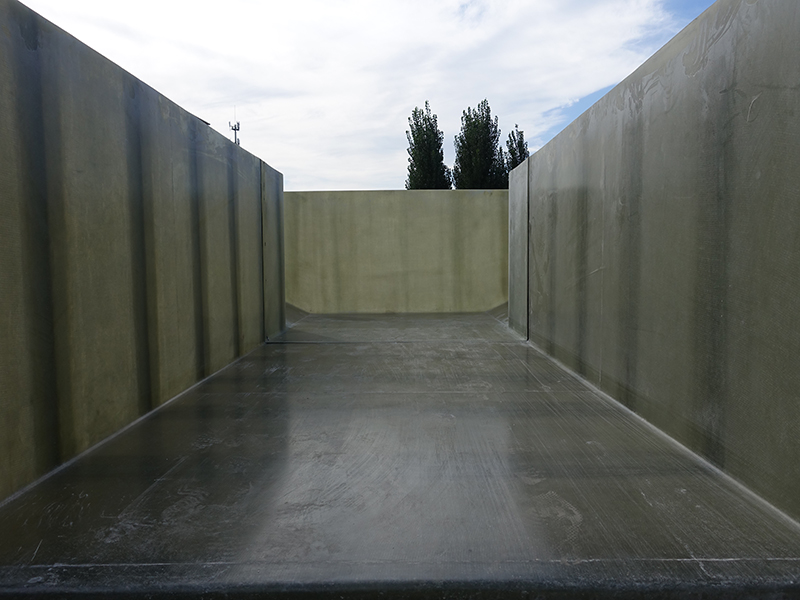
-
 Afrikaans
Afrikaans -
 Albanian
Albanian -
 Amharic
Amharic -
 Arabic
Arabic -
 Armenian
Armenian -
 Azerbaijani
Azerbaijani -
 Basque
Basque -
 Belarusian
Belarusian -
 Bengali
Bengali -
 Bosnian
Bosnian -
 Bulgarian
Bulgarian -
 Catalan
Catalan -
 Cebuano
Cebuano -
 China
China -
 China (Taiwan)
China (Taiwan) -
 Corsican
Corsican -
 Croatian
Croatian -
 Czech
Czech -
 Danish
Danish -
 Dutch
Dutch -
 English
English -
 Esperanto
Esperanto -
 Estonian
Estonian -
 Finnish
Finnish -
 French
French -
 Frisian
Frisian -
 Galician
Galician -
 Georgian
Georgian -
 German
German -
 Greek
Greek -
 Gujarati
Gujarati -
 Haitian Creole
Haitian Creole -
 hausa
hausa -
 hawaiian
hawaiian -
 Hebrew
Hebrew -
 Hindi
Hindi -
 Miao
Miao -
 Hungarian
Hungarian -
 Icelandic
Icelandic -
 igbo
igbo -
 Indonesian
Indonesian -
 irish
irish -
 Italian
Italian -
 Japanese
Japanese -
 Javanese
Javanese -
 Kannada
Kannada -
 kazakh
kazakh -
 Khmer
Khmer -
 Rwandese
Rwandese -
 Korean
Korean -
 Kurdish
Kurdish -
 Kyrgyz
Kyrgyz -
 Lao
Lao -
 Latin
Latin -
 Latvian
Latvian -
 Lithuanian
Lithuanian -
 Luxembourgish
Luxembourgish -
 Macedonian
Macedonian -
 Malgashi
Malgashi -
 Malay
Malay -
 Malayalam
Malayalam -
 Maltese
Maltese -
 Maori
Maori -
 Marathi
Marathi -
 Mongolian
Mongolian -
 Myanmar
Myanmar -
 Nepali
Nepali -
 Norwegian
Norwegian -
 Norwegian
Norwegian -
 Occitan
Occitan -
 Pashto
Pashto -
 Persian
Persian -
 Polish
Polish -
 Portuguese
Portuguese -
 Punjabi
Punjabi -
 Romanian
Romanian -
 Russian
Russian -
 Samoan
Samoan -
 Scottish Gaelic
Scottish Gaelic -
 Serbian
Serbian -
 Sesotho
Sesotho -
 Shona
Shona -
 Sindhi
Sindhi -
 Sinhala
Sinhala -
 Slovak
Slovak -
 Slovenian
Slovenian -
 Somali
Somali -
 Spanish
Spanish -
 Sundanese
Sundanese -
 Swahili
Swahili -
 Swedish
Swedish -
 Tagalog
Tagalog -
 Tajik
Tajik -
 Tamil
Tamil -
 Tatar
Tatar -
 Telugu
Telugu -
 Thai
Thai -
 Turkish
Turkish -
 Turkmen
Turkmen -
 Ukrainian
Ukrainian -
 Urdu
Urdu -
 Uighur
Uighur -
 Uzbek
Uzbek -
 Vietnamese
Vietnamese -
 Welsh
Welsh -
 Bantu
Bantu -
 Yiddish
Yiddish -
 Yoruba
Yoruba -
 Zulu
Zulu
frp pipe saddle
Understanding FRP Pipe Saddles Essential Components in Piping Systems
Fiber Reinforced Polymer (FRP) pipe saddles are critical components used in modern piping systems, especially in industries where corrosion and weight are significant concerns. These saddles serve as supports that secure the pipes, ensuring stability and proper alignment. Understanding the functionality, advantages, and applications of FRP pipe saddles can provide valuable insights for engineers and project managers alike.
What is an FRP Pipe Saddle?
A pipe saddle is typically a support structure designed to cradle a pipe, distributing its weight and maintaining its position. Made from fiber reinforced polymers, these saddles leverage the unique properties of FRP materials, which include high strength-to-weight ratio, resistance to corrosion, and durability. FRP pipe saddles are available in various designs, including molded and custom-engineered options, tailored to fit different pipe sizes and system requirements.
Advantages of FRP Pipe Saddles
1. Corrosion Resistance One of the most significant advantages of FRP materials is their resistance to corrosion. Unlike traditional metal supports, FRP pipe saddles do not rust or corrode when exposed to harsh chemicals or environmental conditions. This property prolongs the lifespan of both the saddle and the piping system, leading to reduced maintenance costs.
2. Lightweight The lightweight nature of FRP means that these saddles are easier to handle and install compared to heavier materials like steel or concrete. This characteristic not only simplifies the installation process but also reduces the load on the supporting structures, which can be particularly beneficial in overhead or elevated piping systems.
frp pipe saddle

3. Strength and Durability Despite being lightweight, FRP materials exhibit strong structural integrity, capable of withstanding high pressures and loads. This durability makes FRP pipe saddles suitable for high-demand applications, ensuring that they can support the pipes effectively without deformation or failure.
4. Thermal Insulation FRP has inherently low thermal conductivity, making it an excellent insulator. When used in conjunction with insulated piping systems, FRP pipe saddles help maintain temperature control, thereby enhancing energy efficiency in applications where thermal management is critical.
Applications of FRP Pipe Saddles
FRP pipe saddles find applications in various industries, including chemical processing, oil and gas, wastewater treatment, and power generation. Their unique properties make them especially advantageous in environments that involve aggressive chemicals or require resistance to environmental stressors.
In the chemical processing industry, for example, FRP pipe saddles can support pipes that transport corrosive substances, ensuring safe and reliable operations. Similarly, in the oil and gas sector, these saddles aid in the management of pipelines that traverse challenging terrains, providing stability and protection against environmental impacts.
Conclusion
In conclusion, FRP pipe saddles are indispensable components in modern piping systems, offering a unique combination of lightweight design, corrosion resistance, and structural strength. Their applications across a range of industries highlight their importance in ensuring the efficiency and safety of various processes. As industries continue to evolve and seek materials that promote sustainability and longevity, the role of FRP pipe saddles will undoubtedly become even more significant in the design and implementation of piping systems.









